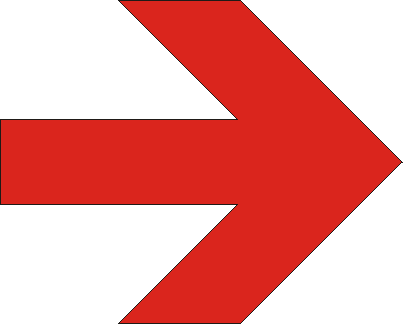Skinning a Deformation Model(Semester Project)Virtual Reality Lab |
|
Skinning a Deformation Model(Semester Project)Virtual Reality Lab |
|

Description:
The CO-ME, Computer Aided and Image Guided Medical Interventions, is an NCCR
long-term project that involves many Swiss Institutes and Universities. The
aim of the project is to use the potential of information technology for the
optimization of medical interventions in order to improve both the treatment
of individual patients and overall health care for the whole society.
Our lab is contributing to the project by creating a biomechanical model of
joints. In this model, joint postures and contact between different tissues
are closely related to allow future applications to study normal and pahological
cases of motion.
The problem
We are working on a physically based deformation model of soft tissues to represent
biological tissues like cartilage and ligament. Such tissues are being modeled
based on a mass-spring like model called molecular model. In this model, spherical
molecules are combined together to compose the volume being represented. See
images.
The surfaces of objects modeled with this approach are not smooth. Because of
the spheres, these surfaces are irregular, which causes the simulation of contact
to be non-realistic for many applications. In addition, the visual aspect of
such objects cannot be satisfactory realist because of its wrinkled surface.
Thus, the problem is to put a smooth surface model (a kind of skin) on the top
of the deformation model described above that follows the inner model deformation.
Student’s work
The information available are the original triangular mesh and the molecular
model buit from it. The student should first study existent skinning methods
and decide either to use the original mesh, anchoring it on the molecules and
deforming it accordingly, or implement a continuous surface model (splines,
bezier, etc.) and use the molecules positions as control points.
Then, he/she is asked to use and update the existent C++ classes and methods,
and implement a new set of methods to fit the surface on the existent deformation
model. Methods based on V-Collide are already available within the existent
classes to compute collision detection. They should be revised and improved
if possible and/or necessary to integrate to the new surface model. The evaluation
of results will be focused on the visual and performance aspects.
 |
 |
 |
Platform:
PC, C++.
Prerequisite:
Good knowledge in C++.
References :
CO-ME : http://co-me.ch
Deformation model paper: http://vrlab.epfl.ch/Publications/pdf/Maciel_Boulic_Thalmann_IS4TM_03.pdf
Diploma project on force-feedback http://vrlab.epfl.ch/~amaciel/projects/obuchwalder2003.pdf
Note: Project can be done either in English or French.
Responsibles: Anderson Maciel, Patrick Lemoine, Sofiane Sarni Tel:
5248, Room: INJ 118, Dept: DI
Emails: Anderson.Maciel@epfl.ch;
Patrick.Lemoine@epfl.ch; Sofiane.Sarni@epfl.ch